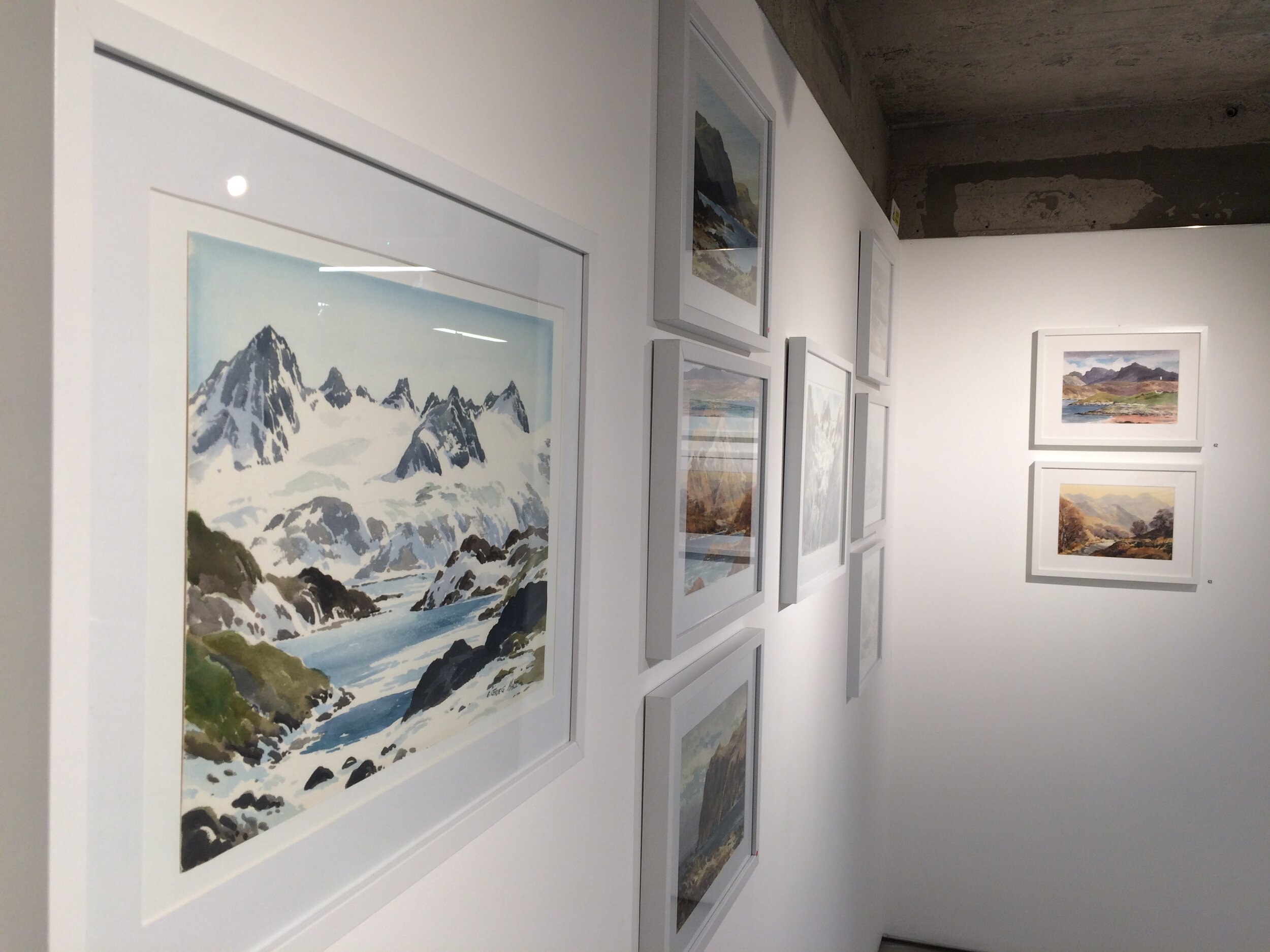Planning a rural staycation? — consider the Gairloch Museum
Venturing into the secluded hills in the North West of Scotland, tucked on the shores of Loch Gairloch, you will stumble upon a unique art gallery. Once a nuclear bunker, this stark and deceptively simple concrete block of building has undergone a transformation. After 8 years of planning and plenty of help from the local community, the disused bunker now throws open its doors as a museum and art exhibition space known as the Gairloch Museum.
This intimate gallery provides a stage for exhibitions of local and national relevance; a factor which was recognised when the gallery was awarded the Art Fund Museum of the Year 2020. This esteemed award has come at a much-needed time, with the restrictions in place because of COVID-19 bringing far fewer tourists to the far-flung areas of rural Scotland, the Gairloch Museum saw the same number of visitors in October as in 2019. But what is it that makes this relatively small and remote museum so special that it was granted title of Art Fund Museum of the Year Award 2020 alongside big names names such as South London Gallery, the Science Museum in London?
The history of the Gairloch Museum’s building is, in itself, a draw for visitors. When fears of a ‘Cold War’ arose during the late 1940s it was constructed as a bunker to provide protection from nuclear and heat blasts. When the site was put up for sale by the Highland Council in 2010, the Gairloch Heritage Museum began what would become an eight-year, £2.4 million redevelopment process to bring it to the nationally recognised treasure trove of history and culture it is today.
The Gairloch Museum, E.G. Hall Exhibition, Couresy of The Gairloch Museum.
The Gairloch museum’s curator Karen Buchanan, who has seen the museum’s transformation during her 7 years there, tells us how the remote location challenges the traditional gallery model. Buchanan explains that their location makes the museum more seasonal, with a limited local audience and a pattern of visitors: “The majority of people come for the history museum and then discover the art exhibitions when they get here.” Once visitors do stumble across the gallery space however, they are met with exhibitions that are relevant to the local area, as well as beyond to the wider contemporary art scene. The range of artists and mix of media give their gallery significance which helped them to be recognised as one of the Art Fund Museum of the Year winners.
If you are in the area before the New Year, the Gairloch Museums current exhibition features the late artist E. Grieg Hall. The work shown reflects the large portion of his life spent in the landscape around the village of Torriden. This familiarity between Hall and the scenery depicted in his paintings will resonate with locals but also elucidate to visitors the connection between local residents and their area.
In order to get a fuller view of the range of exhibitions the Gairloch Museum hosts, and to help you plan your future trip to this awe inspiring part of Scotland, it helps to get a peak into the gallery’s programme for the upcoming year. The natural beauty of Gairloch draws artists, such as local mixed media artist Rosanne Wiseman. The first quarter of 2021 will see an exhibition featuring some of her work on landscape, seascape and collage; inspired by fleeting moments that catch the eye before they are gone. Following this and zooming in our focus, artist Cindie Reiter will have her works of botanical illustration featured at the gallery. Casting our eye towards the summer months of 2021 where (hopefully) a trip to the North West Cairngorm mountains or the Scottish Islands will be in your plans, the Gairloch Museum will exhibit artist Alison Dunlop, whose paintings are contemporary and often decisively accurate, however the upcoming exhibition is her work around the Shiant Isles, or ‘enchanted isles’, will Dunlop’s artistic clarity meet the mist shrouded waters partially concealing the outlines of land that is these islands on the horizon off of Western Scotland.
latest exhibition by E. Grieg Hall
The Gairloch Museum is a place where history is valued through the museum exhibitions and archives, while simultaneously artists and their contemporary voices are welcomed in the gallery space. It exists in the form of its current, repurposed building because of the local community’s support, yet it also replies on the ebb and flow of tourists visiting the area throughout the year. In such a remote, dramatically beautiful Sottish landscape, the Gairloch Museum stays relevant to the larger contemporary art scene.
Words: Grace Barclay



